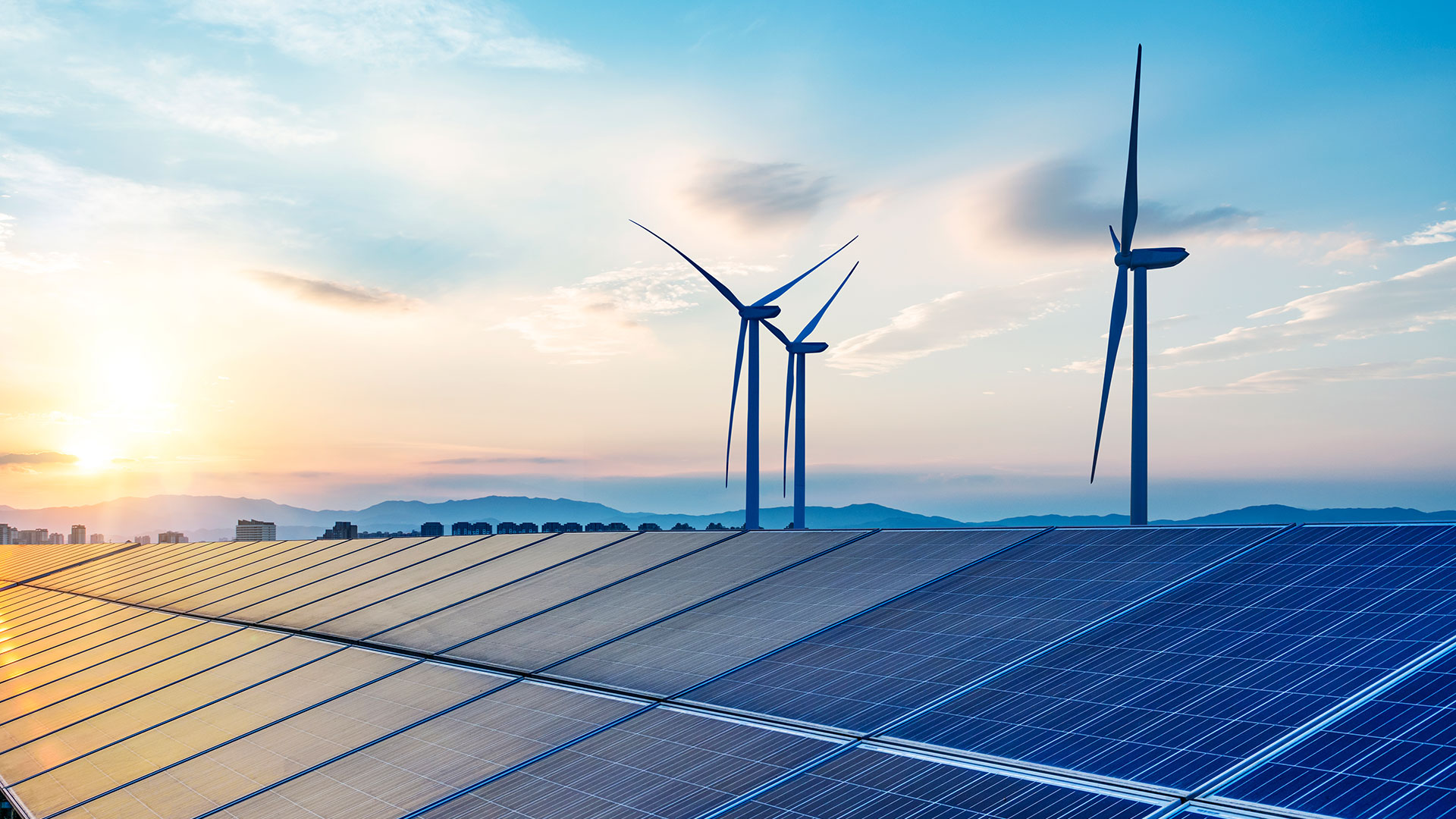Do German citizens support the Energiewende?
The German Energiewende is deeply rooted in German history and society. It emerged from public opposition to nuclear power in the 1970s and intensified in the 2000s due to growing concerns about climate change. Opinion polls have shown that most German citizens generally support the transition and are willing to implement measures and technologies to reduce greenhouse gas emissions.

Return Button
Public support
Despite media portrayals of a “green backlash” to climate and energy policy, opinion polls consistently show a significant level of support for the Energiewende. Around 81% of German citizens support renewable energy expansion, though acceptance decreases slightly when they are asked about renewable energy deployment “in my backyard”. For installations within five kilometres of their residence, support is highest for rooftop PV (76%), followed by free-standing PV (59%), geothermal energy (51%), wind energy (42%) and biogas (37%).
Historical context
The Energiewende emerged from grassroots opposition to nuclear power, gaining momentum in the 1980s. This evolved into support for renewable energy and was reflected in the German Green Party entering parliament for the first time in 1983. Renewable energy and decentralised production were widely seen as key to democratising the energy system.
Policies for citizen participation
A number of policies enabled and encouraged citizens to directly participate in the energy transition (see also Local Energy Consulting, 2020).67 Not coincidentally, the first feed-in tariff legislation applied to community-owned wind parks as well as biogas and biomass projects for small- and medium-scale farmers. Later, special feed-in tariffs for rooftop solar PV were implemented. Today, more than 2.7 million solar PV systems have been installed, mostly on private rooftops. Many people saw renewable energy as a way to gain independence from utilities, and individuals and farmers now account for over 40% of renewable energy capacity.
Similar policies are still in place today. Feed-in tariffs, offering low-risk investment opportunities for citizens and small producers, are still available for projects up to 1 MW. Community-owned PV (up to 6 MW) and onshore wind (up to 18 MW) are exempt from competitive bidding. For larger projects, competitive bidding is required. However, to minimise the bureaucratic burden on smaller projects, subsidies cover 70% of planning and permit costs (up to EUR 300,000) for community-owned projects.68
Public opposition
Building new transmission grid lines in a densely populated country like Germany sometimes spark public opposition. Around 18,000 km of new grid lines are needed in the coming decades, but complex public consultation processes have meant many grid lines have been delayed or even cancelled. To address this, regulations were changed in 2015,69 allowing grid operators to default to underground transmission cables, despite their much higher costs compared to overhead high voltage transmission lines, in order to reduce opposition.
Support from utilities and grid operators
Although initially opposed to the build-out of renewables, many utilities, grid operators and other key stakeholders have shifted their stance thanks to specific policy interventions and developments. Leading utilities have also recently announced that they would not support re-activating nuclear power plants, citing primarily economic reasons.70
Electric utilities:
Utilities strongly opposed the build-out of renewables in the 1980s and 1990s. Early policies like the 1990 feed-in law and the 2000 Renewable Energy Source Act provided a protected niche market for renewables – to make projects financially. These laws provided priority grid connection (in order to protect them from vertically integrated utilities that were tempted to delay their grid connection to avoid competition with their own generation assets) as well as a de facto standardised power purchase agreement (by enshrining grid connection, remuneration rates and payment periods in law).
Electric utilities’ interest in investing in renewable energy sources emerged in the mid-2000s. Previously, state-owned utilities were not allowed to invest under the feed-in tariff regulation, as policymakers sought to increase competition in power generation by creating a protected niche market for new entrants. When utilities were fully privatised and the 2004 Renewable Energy Act (EEG) was modified, investing in renewable energy projects (specifically onshore and offshore wind) became an attractive prospect and utilities started to enter the sector.
Amongst the key drivers of this shift, renewable energy projects grew in scale, drawing utility-scale investment. Full market liberalisation also levelled the playing field for all power producers. At the same time, energy security became a growing priority, with renewables reducing reliance on imported fossil fuels and shielding the sector from global price fluctuations. Scenarios for the future of Germany’s power sector also indicated that renewables would rapidly become its supply backbone – from that perspective, not investing in renewables and other clean energy technologies would mean further loss of market share.
With government policy steering the phase-out of nuclear and coal, power market stakeholders knew their business models would have to change. European carbon pricing further tipped the scales, making conventional fossil fuel-based assets increasingly uneconomical.
Grid operators:
Unbundling, which separated grid ownership from generation and supply, was key to gaining grid operators’ support. After many years of resistance, German utilities were legally forced to unbundle under European legislation in 2005 (ownership unbundling under the Third Energy Package followed in 2009). However, to this day, hundreds of municipal utilities have not yet unbundled due to their small size (fewer than 100,000 customers).
Unbundled transmission system operators have become drivers of the energy transition, viewing grid expansion as an investment opportunity. Investments in the grid are regulated but guarantee a stable rate of return of just over 5%, a figure which may rise to help mobilise further investment in grid infrastructure.71 Transmission system operators are now pro-actively developing technical processes and strategies for power systems running on 100% renewables.72
Last revision on .
